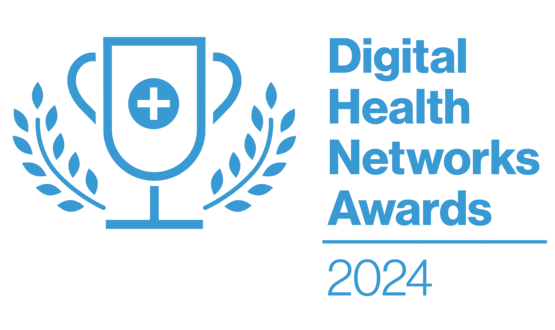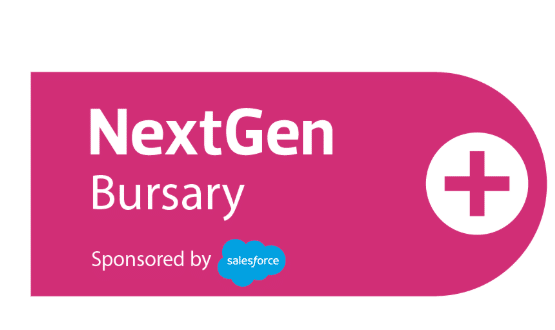Enter the CCG: on Painting by Numbers
- 12 May 2015

One of the more significant influences in my life involved – of all things – Painting by Numbers.
It’s a kit with a picture sketched in outline: just paint each of the component areas with the colour whose number is in that space. So, all areas with the number 11 printed on them might be, say, mid-brown whilst everything with a 13 is a cherry red.
I first came across Painting by Numbers as a teenager. Like everyone else, I began by filling in all the bright colours. At this stage the picture looked cheerful but flat, with little subtlety and certainly no great ‘feel’ about it.
Then with no bright colours left to add, I went for the boring part of the job and added in the blacks and the dark tones.
And suddenly the painting came alive. It had depth, it had an intensity of colour, and the highlights and bright parts sparkled. And – wonder of wonders! – this had all been achieved not by adding in more brilliant colours but by doing the exact reverse: putting in the shadows.
I’ve never forgotten that moment. It was an epiphany – not just about painting, but about life in general. It’s the shadows that show off the highlights, the mistakes that point up the successes.
Tweeting for failure
This has important ramifications for the NHS — indeed, for life in general. I’m getting increasingly irritated by banal tweets from those at the top of the NHS, both managers and politicians.
Now, admittedly, it is hard to be subtle in just 140 characters, but tweets from these people tend to be dreadfully bland. “Visited St Solomon’s today: a wonderfully dedicated team caring for people with ME" or: "Now at the Frogley surgery, seeing how well they manage patient demand.”
After 30 or 40 tweets like this each day I just want to scream. How much better had they read: “Visited St Solomon’s ME team: what wonderful work, despite minimal resources” or “Excellent management of patient demand at the Frogley surgery, but oh, the parking problems…”
The dark brings out the light. Mentioning only the good bits doesn’t give a balanced picture, doesn’t show true worth in the face of pressures and problems, and crucially, gives no help in determining which aspects may need to be changed.
Indeed, mentioning only nice things in statements, articles and announcements ultimately becomes so predictable and uninformative that I just switch off.
These messages become like so many adverts and politicians’ pronouncements: puffed up stuff I don’t actually bother to read because I know it’s hopelessly incomplete and therefore likely to be unbalanced and unreliable.
Standing up for our unit?
Much the same thing can happen in the wider NHS, but for different reasons. Here providers and NHS bodies may seek to micromanage their reputations and that of their products or services.
Sadly, this attitude seems to be becoming more prevalent in the last decade. How many NHS trusts and clinical commissioning groups have gagging clauses written into staff contracts, preventing individuals commenting externally (even within professional peer groups) about the quality of the service being provided, or the practical difficulties they face?
How many organisations insist that any external comment has first to be cleared with the comms team? How many try to cover up, dilute or suppress criticism instead of welcoming it and then facing up to it honestly and directly?
Publicly mentioning only successes and skirting round problems is very much like Painting by Numbers without the dark tones — paradoxically, the end result looks less inviting, more unreal, less reassuring.
Doing it better
And now for one of the glorious exceptions — the announcement from the e-Referral service (the successor to Choose and Book) that the new e-RS software will be rolled out on 15 June.
Did you see it? It’s actually telling the whole, unvarnished truth. It says (correctly) that a large amount of testing has been carried out, but (bluntly) that even so it is impossible to check every combination of events for errors.
On the other hand, (reassuringly) the e-RS is highly aware of this and (very practically) is taking active steps to deal with any incidents that may arise when the software is finally released.
How gloriously honest, and how completely refreshing! From now on, working with the e?Referral Service will be perceived as a partnership between the e-RS and its users.
Each side will be seen to respect and appreciate each other, everybody’s integrity, viewpoint and concerns will be acknowledged — and limitations and mistakes will be recognised, taken on board and dealt with.
This new approach from the e-Referral Service isn’t a climb-down or an expression of failure: it’s the exact opposite —a demonstration of resilience and strength.
Like putting shadows in paintings, being prepared to acknowledge (and change) the less successful aspects of a development highlights the brilliance of the rest of the work.
It puts the enterprise into a realistic framework and brings a sense of integrity and reliability to the whole project. It’s an approach that we would do well to encourage across the entire NHS: complete honesty and openness — warts and all.




